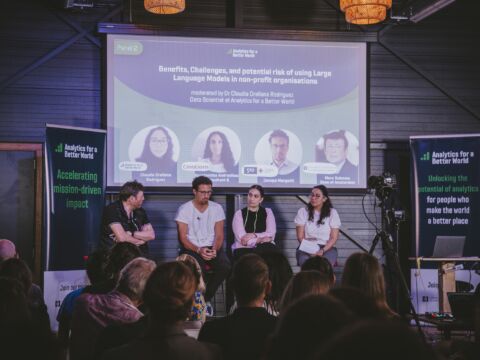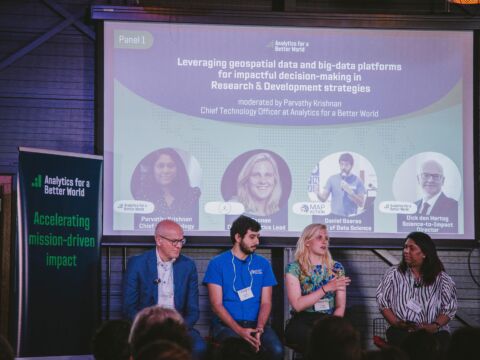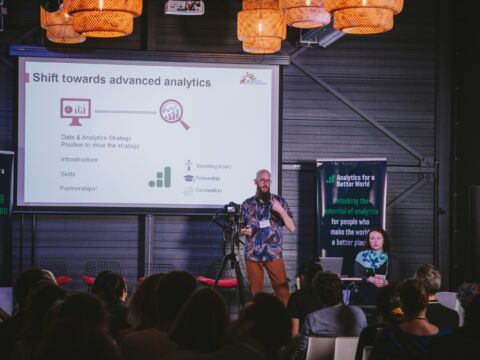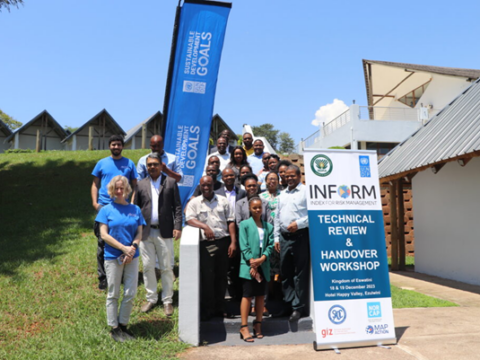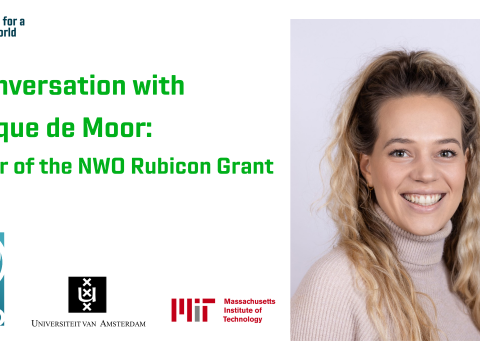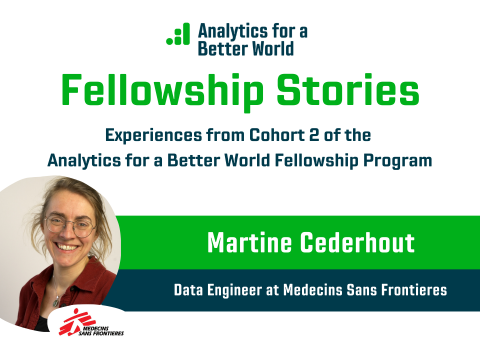University of Amsterdam Business School
See profileAnalytics for a Better World
See profileWhere to Build Those Hospitals? PISA Knows.
November 2023
Routing delivery vans to bring hundreds of packages to consumers, isn’t all that different from deciding where to set up and route mobile medical outposts so hundreds of patients can get proper treatment in time. Commercially developed, proprietary tools usually do the former while the latter type of exercise is what PISA was built for: the Public Infrastructure Service Access toolkit developed by Analytics for a Better World (ABW). But being explicitly designed for public purposes in lower to middle-income societies isn’t the only reason why PISA is special.
The mission at ABW is somewhat different from most other research facilities at academic institutions, says ABW co-founder Dick den Hertog. ‘Our first goal is impact. Second goal: impact. Third: impact.’ Everything ABW does is for what’s in the name: to apply data analytics technology toward improving conditions around the globe, in those areas where such expertise is most needed.
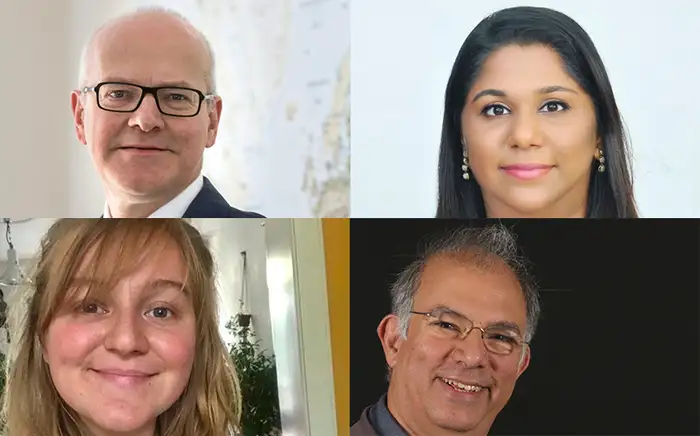
First flagship product
As a research institute of UvA Economics and Business, ABW works with researchers from universities in Amsterdam, Boston, Kent, Leuven, London, Tilburg and Florence and commercial analytics departments from corporates such as Ortec and DHL. Its evolving toolset for data analytics is then shared with and readily applied by NGOs and public bodies such as the Red Cross, World Bank, World Health Organisation and Ocean Cleanup, as well as a host of governments such as Timor-Leste, Vietnam, West Sudan and many others. PISA is its first flagship product so far.
Working with incomplete data
‘What makes PISA so suited to its intended application is its agility,’ says Parvathy Krishnakumari, Chief Technology Officer at ABW. ‘Datasets in the areas we service are often far from complete. There isn’t one single source of data on all the existing health centres in a country, for example. Or sometimes not all human settlements in the area are known. What data there is, might be outdated or unstructured. PISA starts on the assumption that the ideal dataset won’t be available and works out the best possible solution with what’s there.’
‘Where’ type questions
The result is a tool that answers almost any question of the ‘where should we…?’ type, says Joaquim Gromicho, Professor of Business Analytics at UvA Economics and Business and Lead Optimisation Architect at ABW. ‘We’ve put it to work in Timor-Leste, advising the ministry of Health where to plan primary care centres, and in Vietnam, plotting the placement of stroke treatment centres for the vulnerable. It’s also worked on where to place boreholes in West Sudan to provide as many as possible with physical access to drinking water. And this is just a selection of recent use cases.’
Parvathy chimes in: ‘I’m particularly proud of how PISA helped the government of Nepal pinpoint where to fund the setup of COVID19 testing centres during the pandemic. We generated results there in 3-4 months, something that would have easily taken twice as long otherwise.’
Fast, accurate and powerful
Indeed, speed and accuracy of results seems to be the chief gain of the toolkit – along with scale, says PhD researcher Britt van Veggel. ‘Plotting boreholes like we did in West-Sudan is not new of course. But it was so far not possible to optimise it with data analytics. Moreover, PISA has recently come to include mathematics that allow us to plot for much larger target areas, as the capability of the toolkit continues to grow.’
What’s in store
Bolstered by these promising achievements, Parvathy still feels there is much yet to add to PISA. ‘We’re currently looking to improve the toolkit’s potential for plotting mobile health units and services. We gained experience dispatching medical stations for Amref in Kenya, but there is much more we can do. Also, we are looking to have the toolkit discern between priority groups. Currently it mostly suggests solutions based on where ‘people’ are. Not all people have the same needs and urgency; whether they are elderly, able-bodied or infants makes a big difference, depending on the challenge at hand.’
‘Finally, we want to be able to make adjustments for climate effects,’ says Van Veggel. ‘If an area is flooded, for example, that changes accessibility by road substantially. Same goes for earthquakes, or forest fires.’ She encourages other academics in data analytics to talk to ABW: ‘I think there’s no better way to use your skills and knowledge than to help others.’

